ASMFC Needs To Know What You Know About Striped Bass
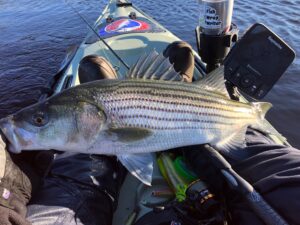
Your comments can help build striped bass abundance
The ASMFC needs your striper knowledge. The Atlantic States Marine Fisheries Commission has released its Public Information Document (PID) for Amendment 7 of the Interstate Fishery Management Plan for Atlantic Striped Bass. This is a call for your comments, observations, recommendations, issues you may have with the condition of the striped bass population, our rules governing its protection and harvest or how you feel it should be managed for the greatest abundance. Few will deny the striper fishery is a fraction of its size after the moratorium and successful rebuilding process or that the number of large fish has declined over the last few years. This is the time to be heard. The public comment period ends at 5:00 PM on April 9, 2021.
The ASMFC hasn’t released a new fishery management plan (FMP) for striped bass since Amendment 6 was adopted in 2003. Much has changed and not just in the water. Regulators recognize data is interpreted differently now. According to the PID, “As a result, both managers and stakeholders have expressed concern that the existing goals and objectives of this management program may be outdated, and no longer fully reflect current fishery needs and priorities. Some of the objectives may need to be refined, while other priorities may be missing entirely.” One of the many difficulties in determining population basics like size, fecundity, strength of particular year classes and mortality rates is that data often takes several years to migrate from net to public hearing and rule promulgation. A host of scientists, researchers, biologists and students pour over data before releasing findings. This is why it’s considered normal for fishermen and women to proclaim, “Those fisheries folks have everything all screwed up because I caught plenty of-insert fish here- all year long and they say the population is overfished!” With past data being revaluated, it’s time for your comments to be heard.
Abbreviated ASMFC Guide to Abbreviations
For those new to fishery management method’s and endless abbreviations, here’s an abbreviated guide to reading a typical document.
- SSB: Spawning Stock Biomass. Essentially the number of individuals able to reproduce
- F: Mortality. Of course mortality is abbreviated with the letter F
- Fecundity: Fertility
- BRP: Biological reference point, often a combination of several indicators, such as natural or fishing mortality, fecundity, etc.
- MRFSS: Marine Recreational Fisheries Statistics Survey
- MRIP: Marine Recreational Information Program. These are the good folks who ask you questions about what you did or did not catch.
- MSY: Maximum sustainable yield. The amount of fish which can be removed from a population without causing long term damage. This is a very fragile dance.
- TAC or TAL: Total allowable catch or landings
- M or M1: Natural mortality
- M2: Predation mortality
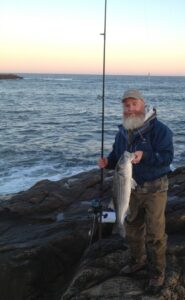
Afternoons like this can be preserved with careful striped bass management
Since the 2018 Benchmark Stock Assessment showed clear differences in the stock since the prior assessment in 2008, they have established a list of issues to be addressed and there’s a good chance you have feelings about some of these: 1. Fishery Goals and Objectives 2. Biological Reference Points 3. Management Triggers 4. Stock Rebuilding Targets and Schedule 5. Regional Management 6. Management Program Equivalency (Conservation Equivalency) 7. Recreational Release Mortality 8. Recreational Accountability 9. Coastal Commercial Allocation 10. Any other issues concerning the management of Atlantic striped bass.
Rich Hittinger, First Vice-President of the RI Saltwater Anglers Association said, “This process of developing an Amendment 7 for Striped Bass Management is very important now to all saltwater anglers for many reasons: 1. We are at a very early stage in the process of creating a new amendment, so our input at this time can have a real effect on what the final amendment looks like. 2. There are some who want to relax the standards by reducing the target and threshold biomass for striped bass in the water. We can’t let that happen. 3.ASMFC has allowed this once great fishery to go from desperately low stocks in the 1980s to rebuilt and healthy in the late 1990s and 2000s to again overfished since 2012. They must change how they are managing this very important fish species if we are to experience good striped bass fishing in the future. I believe that ASMFC needs to strictly follow their own regulations and stop the process of allowing states to liberalize their regulations by allowing Conservation Equivalency which is neither equivalent nor conservative in most cases.”
Since the ASMFC needs your striper knowledge and conservation equivalency might be new on your radar, it’s a way for states to manipulate their quotas by moving a ball under a cup, especially for migratory species like stripers. It can be a way to ignore negotiated regulations by altering state rules without repercussion’s, save for killing more fish. The American Saltwater Guides Association is opposed to conservation equivalency for species which are overfished or are experiencing overfishing, like striped bass.
The theory of shifting baselines, where each generation has lowered expectations about nature is spot on here as we so easily forget how things used to be. Reducing mortality is the most logical way to help stocks rebound. There is a wealth of information on the RISAA and ASGA websites to help with your comments.
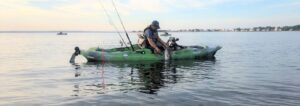
Fishing for striped bass needs to be protected with your comments
Peter Jenkins Speaks To Striper Mortality because the ASMFC Needs Your Striper Knowledge
Peter Jenkins, Chairman of the ASGA, summed up the striper fishery perfectly with, “It’s fishing mortality that got us into this, it’s fishing morality that gets us out of this.”
Please mail, email or fax your comments to Emilie Franke, Fishery Management Plan Coordinator, Atlantic States Marine Fisheries Commission 1050 North Highland Street, Suite 200A-N Arlington, Virginia 2220. The fax number is 703.842.0741, email address is comments@asmfc.org (subject line Striped Bass PID) If you have any questions please call her at 703.842.0740.
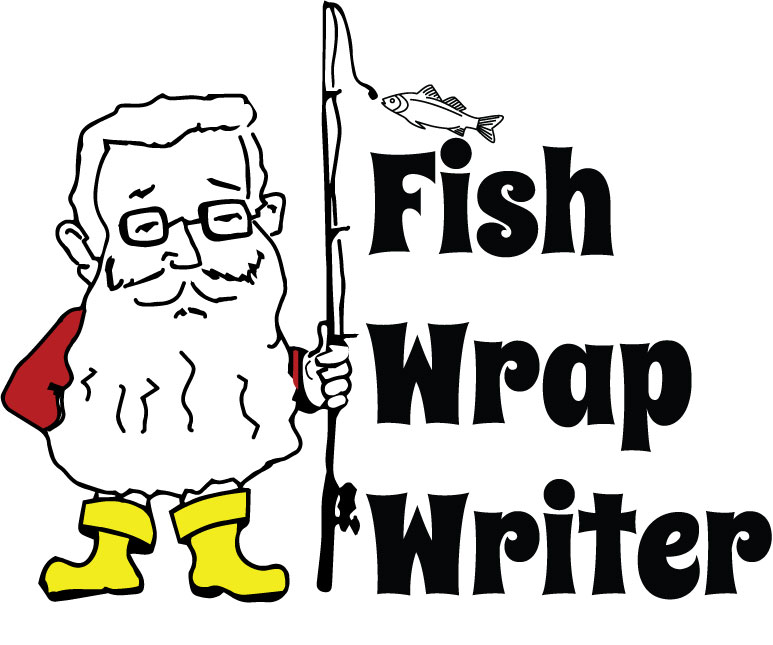
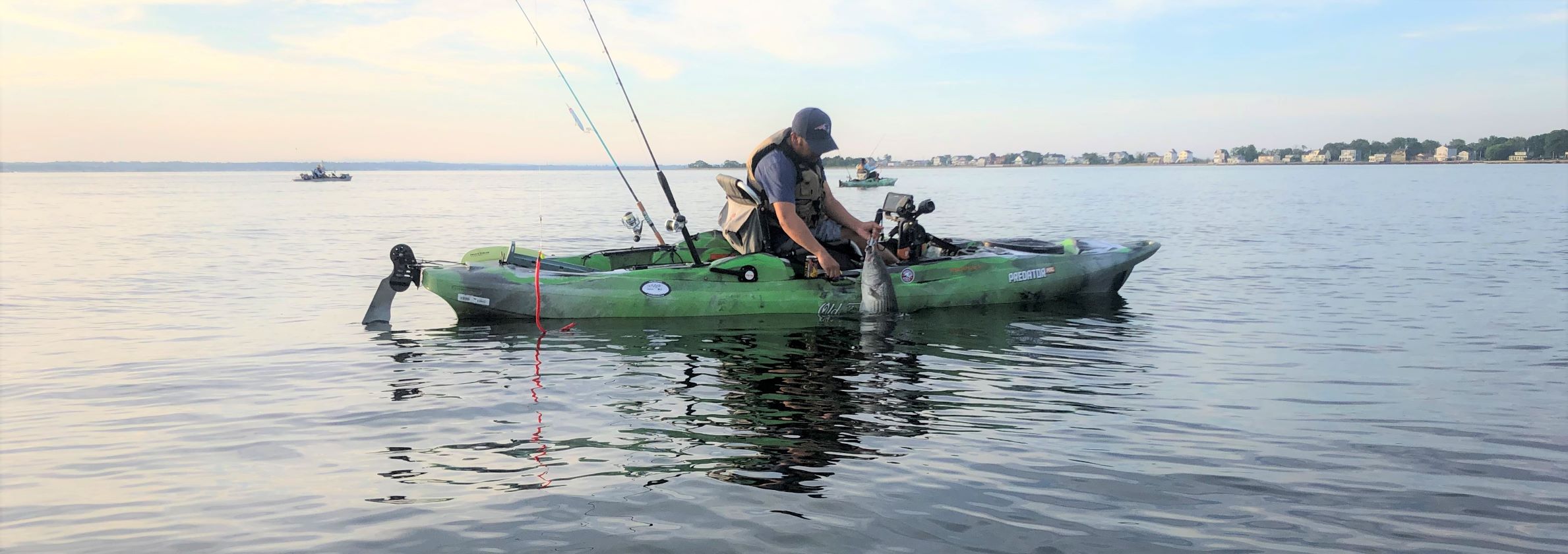

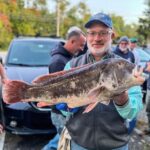


Thx for the heads up Todd … bringing this most imp issue to the surface. I have strong long-standing opinions about natural resource conservation and management … but little specfic knowledge on the overall regulations and venacular. It would be exceedingly useful to watch a webinar or other media (versus doing a quick studying of the actual regs) reviewing the general concepts and key issues to prep folks that wish to develop and submit poignant and convincing comments. Any other suggestions would be most helpful and appreciated. KOF!!
Hi Lou and first of all, thank you for reading Fish Wrap. I really appreciate that. I have two thoughts for you. One is to join the RI Saltwater Anglers Association, http://www.risaa.org. They do an amazing job staying on top of regulations and regulators and really pull some weight when they sit down to a negotiating table. They have done a series of zoom meetings and emails over the last few month about pending striper rules and that will be your best place to start. Most ZOOM meetings are recorded so they can be viewed later for a month or so. The other is to check out the ASMFC pages. Some sections can get a bit wonky but there are some decent pages where things are spelled out without too much inside baseball lingo. http://www.asmfc.org/species/atlantic-striped-bass. It’s important to remember that the ASMFC is managing stripers inside state waters only, that’s inside three miles, the feds manage bass outside that line and so far, ASMFC has largely botched their care of this important migratory species. SO info on their site can leave out real world management details. I hope this helps and again, thanks very much for reading Fish Wrap. Todd